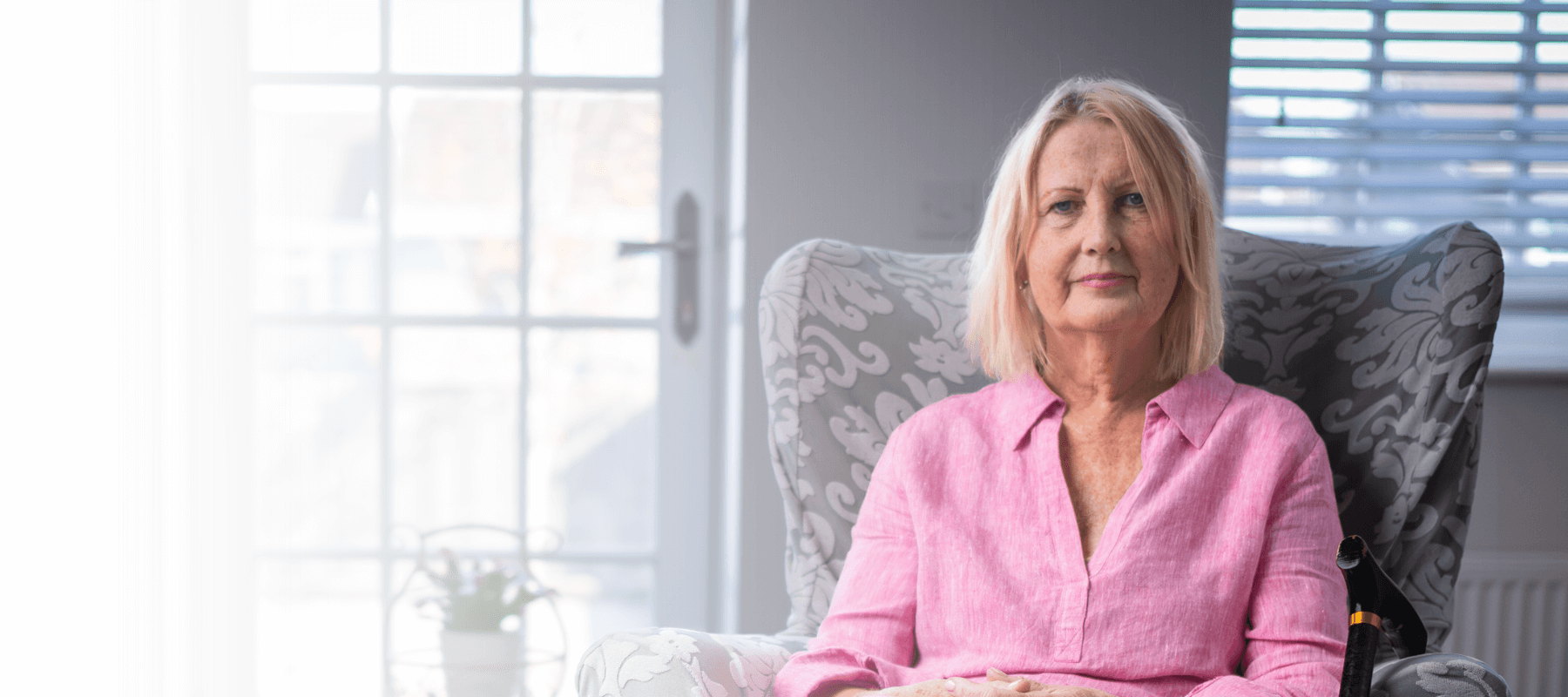
Osteoporosis in children
Osteoporosis in children is where bones lose strength, making them more likely to break. If your child has osteoporosis, they may break a bone with even a minor impact.
If you're feeling unsure or scared about your child's diagnosis, and what it means for them in future, we can help make everything feel a little less uncertain.
Download our fact sheet
Osteoporosis in childrenThe information on this page is designed to help you learn more about your child's condition, why their bones may have lost strength, and what their treatment and long-term outlook could look like.
Our specialist nurses are also here for you, if you need more information, reassurance, or a friendly chat with someone who understands your child's condition.
Causes
In most cases, low bone strength is caused by an underlying medication condition.
Bones lose strength because of the effects the condition has on the body, or the medications used to treat it.
These include:
- inflammatory conditions, such as juvenile arthritis or Crohn’s disease
- anorexia and nutritional problems
- delayed puberty and conditions resulting in low levels of sex hormones
- long-term use of high-dose steroids, used to treat asthma and arthritis
- conditions that result in reduced mobility, such as cerebral palsy, spinal cord injury or Duchenne muscular dystrophy
- leukaemia.
Sometimes, a previously healthy child unexpectedly develops low bone strength and broken bones. This is known as idiopathic juvenile osteoporosis (IJO). Often, no clear cause can be found. It is very rare.
Symptoms
- Easily broken bones, particularly in the long bones of the skeleton and the spine
- Curvature of the spine or height loss, caused by bones in the spine becoming squashed or misshapen when they fracture
If your child is experiencing these symptoms, speak to their doctor. They can refer them for tests if they think they're at risk of osteoporosis.
Scans and tests
Diagnosing osteoporosis in children is complex, as interpreting a child's bone density scan results is not straight forward.
If your child has symptoms for osteoporosis, their doctor can refer them to a hospital specialist for a range of scans and tests.
Medication and treatment
Osteoporosis caused by an underlying condition or medication
In these cases, the best course of action is to treat the underlying medical condition, or review their medication, to stop or lessen its effect on your child's bones.
If this doesn't work, or your child's treatment for the underlying condition is ongoing, their doctor may consider prescribing an osteoporosis medication.
You can also support your child's growing bones by ensuring they're eating a well-balanced, calcium-rich diet and getting safe sunlight exposure for vitamin D.
Idiopathic juvenile osteoporosis (IJO)
Your child's doctor may consider prescribing an osteoporosis medication, to help strengthen their bones and reduce their risk of breaking a bone.
IJO usually improves towards puberty, so it's unlikely your child needs treatment indefinitely.
 Search
Search
 Login
Login


